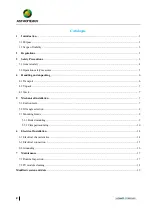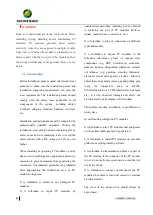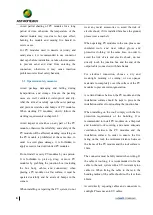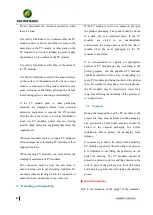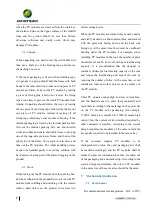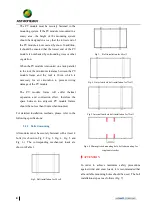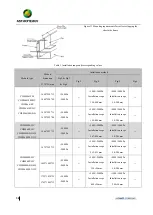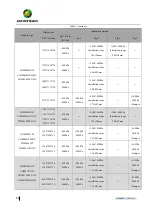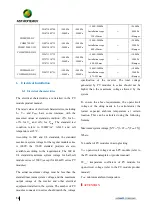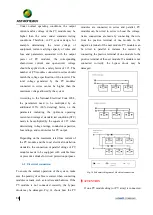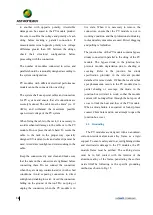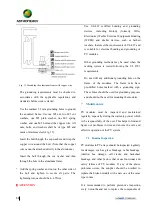
15
Under normal operating conditions, the output
current and/or voltage of the PV module may be
higher than the value under standard testing
conditions. Therefore, in PV system design, for
example determining the rated voltage of
equipment, current carrying capacity of wires and
fuse and parameters associated with the output
power of PV modules, the corresponding
short-circuit current and open-circuit voltage
should be applied with a safety factor of 1.25. The
number of PV modules connected in series should
match the voltage specification of the inverter. The
total voltage generated by the PV modules
connected in series cannot be higher than the
maximum voltage allowed by the system.
According to the National Electrical Code 690.8,
the parameters need to be multiplied by an
additional 125% (80% derating) factor, i.e. the
parameters including the optimum operating
current and voltage at standard test condition (STC)
needs to be multiplied by the square of 1.25 when
determining voltage ratings, conductor capacities,
fuse ratings, and control sizes for PV output.
Depending on the maximum rated fuse current of
the PV module and the local electrical installation
standards, the connection of parallel strings of PV
modules needs to be equipped with suitable fuses
or preventive diodes for circuit protection purposes.
6.2
Electrical connection
To ensure the normal operation of the system, make
sure the polarity of cables is correct when connecting
modules or loads, such as inverters and batteries. If the
PV module is not connected correctly, the bypass
diode may be damaged. Fig. 14 shows how the PV
modules are connected in series and parallel. PV
modules can be wired in series to boost the voltage.
Series connections are made by connecting the wire
from the positive terminal of one module to the
negative terminal of the next module. PV modules can
be wired in parallel to increase the current by
connecting the positive terminal of one module to the
positive terminal of the next module. If a module is not
connected correctly, the bypass diode may be
damaged.
Fig. 14 Schematic diagram of electrical connection
!
ATTENTION
If one PV module string (or PV array) is connected


